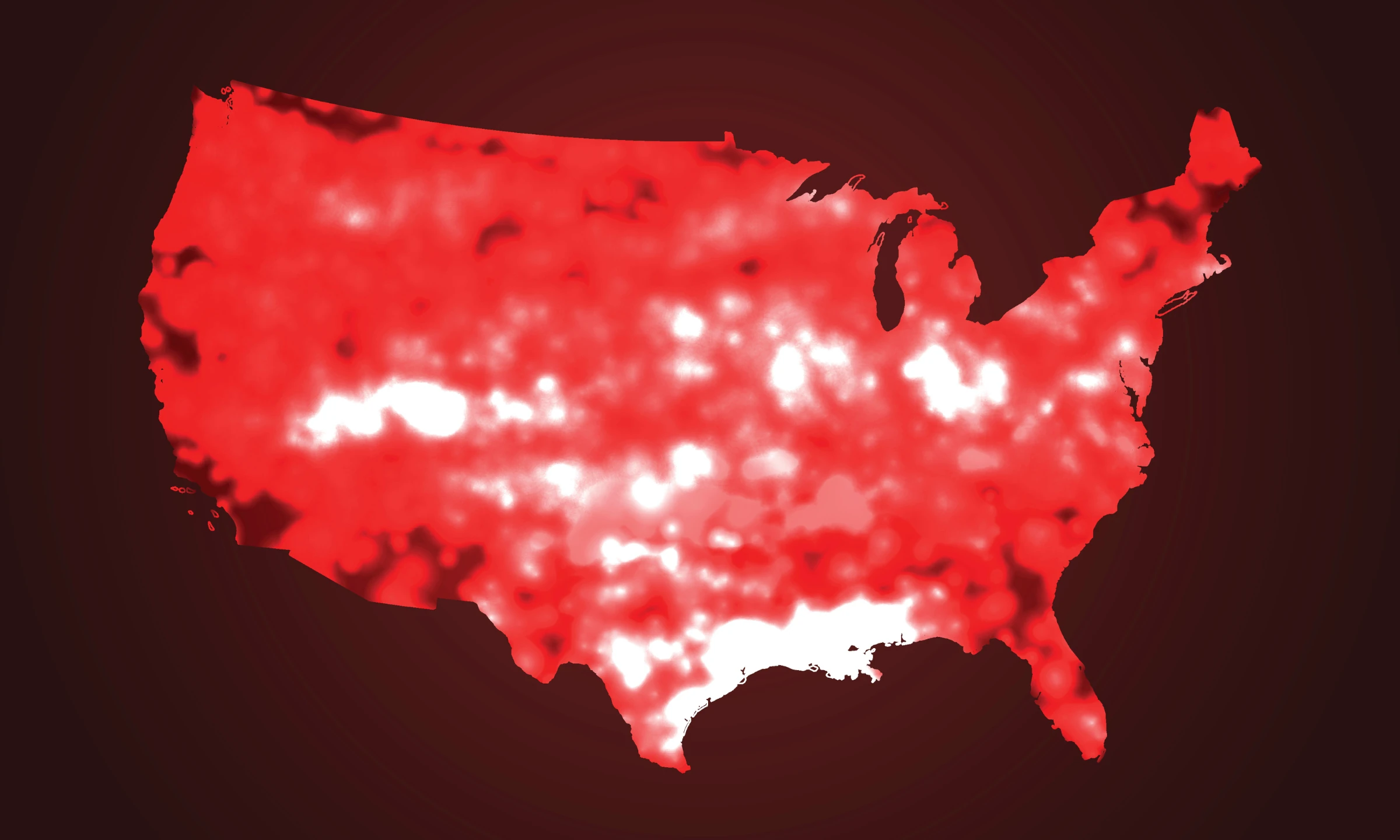Another essential component of preparedness for IA Firms and insurance carriers is the creation and proactive utilization of heat maps. This innovative and visually engaging tool plays a pivotal role in effective risk management.

Visual Risk Exposure
Heat maps provide a clear and concise visualization of risks across various geographic areas, so underwriters and decision-makers to effectively monitor and anticipate potential challenges. A graphical representation of risk exposure helps organizations allocate resources strategically to areas of highest concern and vulnerability.

Proactive Underwriting
By thoroughly analyzing Policy in Force (PIF) data in combination with historical risk patterns, underwriters can proactively pinpoint vulnerabilities before CAT events arise. This foresight enables carriers to implement preventative measures that can significantly minimize potential losses and improve overall risk management strategies.
Informed Decision-Making
Utilizing heat maps leads to more accurate and informed decision-making processes. The data-driven insights they provide contribute to enhanced risk management practices and improved financial performance, ultimately benefiting the entire organization and fostering greater resilience against future risks.
Adjuster heat maps showing adjusters home assignment locations can be used as a risk map overlay developing rapid deployment assignments based on the skills of the adjuster and where they are located within the heat maps assigned to certain historical high-risk areas identified by PIF count and historical event driven data.
Conclusion
In conclusion, establishing a robust back-office solution, facilitating seamless collaboration between underwriting teams and leadership, applying best practices in Team Adjusting, and leveraging advanced tools such as heat maps can significantly bolster insurance carriers’ response capabilities during catastrophic events. These multifaceted strategies not only enhance operational efficiency for both adjusters and underwriters but also foster greater customer satisfaction and trust throughout the claims process.
As the insurance sector continues to evolve and adapt to new challenges, the importance of these methodologies will only grow, underscoring the necessity for ongoing improvement and innovation among all stakeholders involved.
Carriers who are proactive in embracing and adapting to these changing requirements will position themselves more effectively to manage risks and meet the ever-evolving demands of a dynamic market landscape.
Ultimately, the ability to respond swiftly and effectively to CAT events transcends being just a competitive advantage; it becomes a crucial aspect of delivering peace of mind to policyholders during their times of greatest need and uncertainty. As we move forward in an increasingly complex environment, the commitment to excellence in back-office solutions will serve as the foundation for sustainable growth and customer loyalty in the insurance industry.

